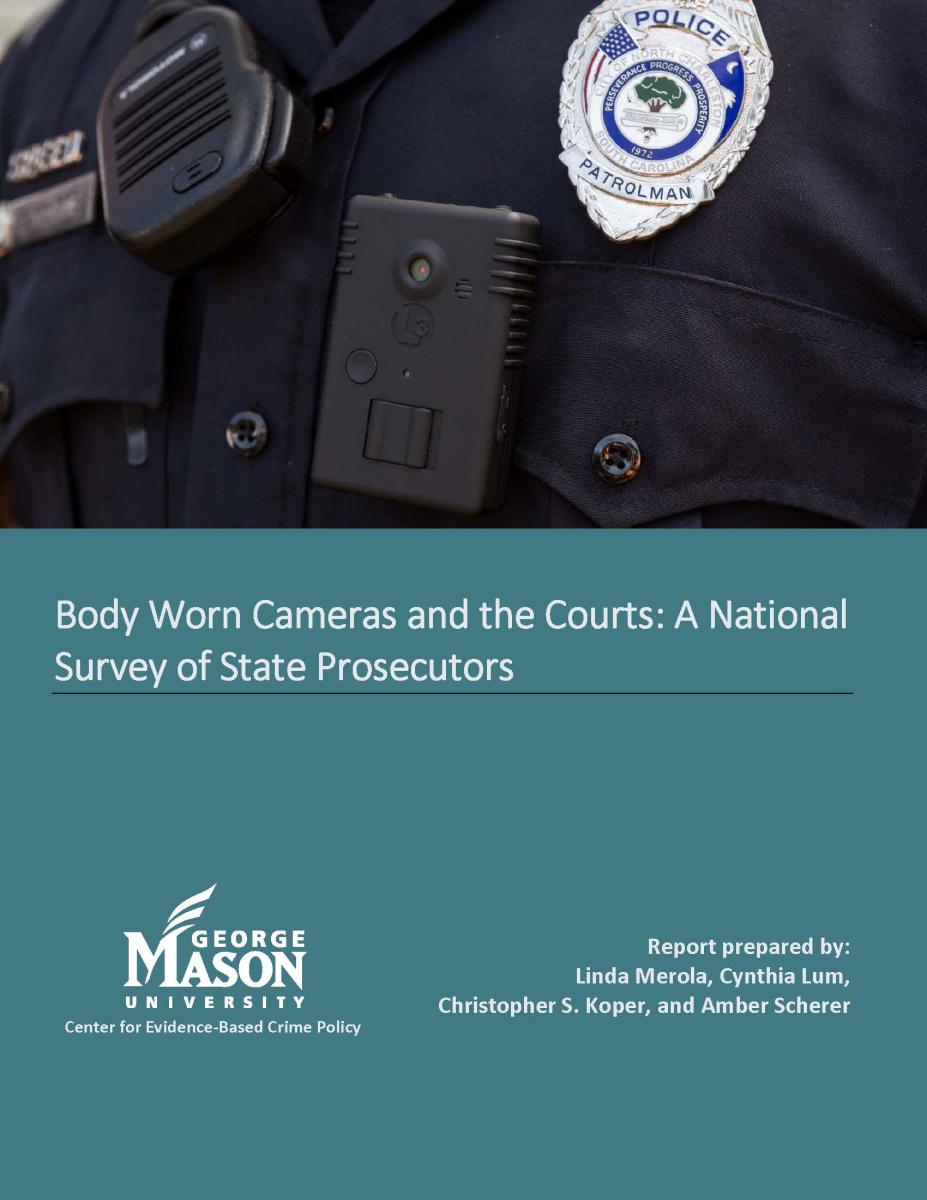BWCs: The Effect on Police Activity and Citizen Encounters
Many have suggested that placing body-worn cameras (BWCs) on police officers improves the civility of police-citizen encounters and enhances citizen perceptions of police transparency and legitimacy. In response, many police departments have adopted this technology to address public concerns over the quality of policing in their communities. The existing program evaluation evidence on the intended and unintended consequences of outfitting police officers with BWCs is still developing, however.

